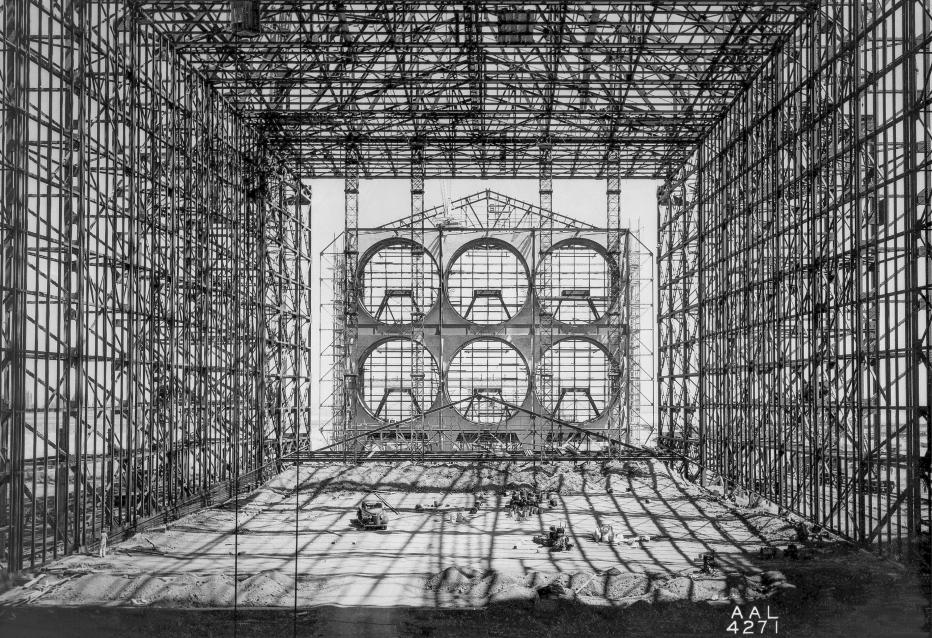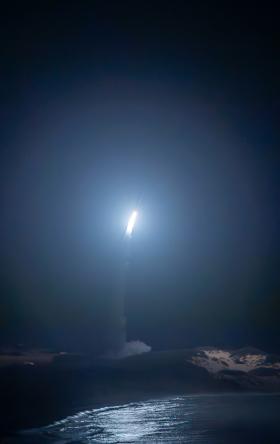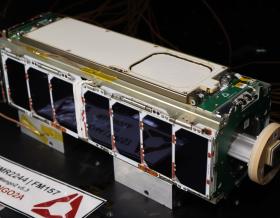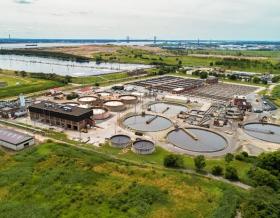
Looking South from inside the diffuser of the 40x80 foot wind tunnel at NACA's Ames Research Center. Image courtesy of NASA
NASA has recently announced a significant milestone in enhancing the capabilities of Ames Research Center located in California's Silicon Valley. The space agency has awarded a task order modification under the Aerospace Testing and Facilities Operations and Maintenance (ATOM-5) contract to Jacobs team in Tullahoma. This modification aims to upgrade the Unitary Plan Wind Tunnel's main drive speed control with the addition of a variable frequency drive.
Under the ATOM-5 contract, a cost-plus-fixed-fee indefinite-delivery indefinite-quantity agreement, we support various experiments conducted in ground-based aerospace facilities at Ames. These include wind tunnels, high-enthalpy arc jet facilities, and the Sensor and Thermal Protection System Advanced Research Lab. The recent task order modification started January 9, 2024, and is valued at $41 million, with a performance period extending through October 1, 2027.
The primary focus of this project is to enhance the electrical system of the wind tunnel, specifically targeting improvements in the efficiency and capability of the main drive motors. These motors are integral for operating two critical facilities at Ames—the 11-by-11-foot Transonic Wind Tunnel and the 9-by-7-foot Supersonic Wind Tunnel. The planned upgrade will yield several benefits, including heightened facility reliability, sustainability improvements through annual power and water consumption reductions, decreased maintenance requirements, and elimination of environmental hazards.
One of the key objectives is to optimize the main drive motors' functionality, ensuring they meet the demanding operational needs of both the transonic and supersonic wind tunnels. The improved efficiency is expected to translate into enhanced reliability, ultimately contributing to the sustained support of NASA missions and programs well into the future.
Furthermore, the project aligns with NASA's commitment to sustainability and resource conservation. The anticipated annual power and water reduction signifies a step towards more eco-friendly operations. This aligns with broader initiatives to minimize the environmental footprint of NASA's research and testing activities.
“By investing in this task order modification, NASA continues to demonstrate its dedication to advancing technology and infrastructure critical for research and exploration,” says Jacobs Senior Vice President Mark Walter. "The upgraded wind tunnel facilities at Ames Research Center are poised to play a pivotal role in supporting the agency's ambitious missions, ensuring that NASA remains at the forefront of aerospace research and development.”
























































